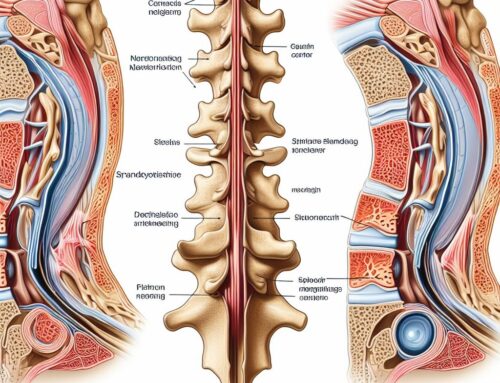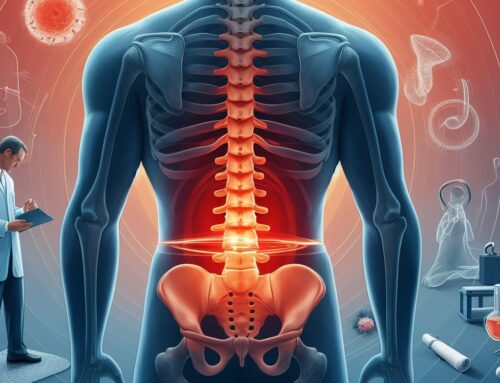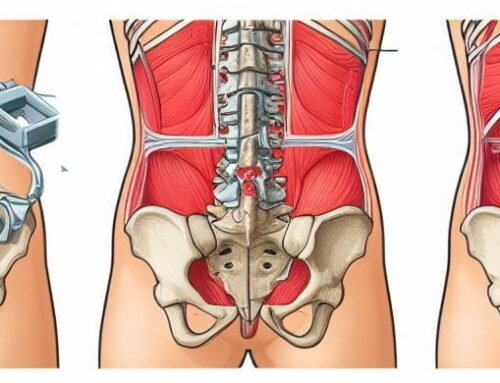Lumbar spondylolisthesis is a common spinal condition that can cause discomfort, pain, and reduced mobility. It occurs when one vertebra in the lumbar spine shifts forward or backward in relation to the one below it. This article offers a comprehensive guide to lumbar spondylolisthesis, including its symptoms, causes, and various treatment options, helping you understand this condition and how to manage it effectively.
Understanding Lumbar Spondylolisthesis
What is Lumbar Spondylolisthesis?
Lumbar spondylolisthesis is a condition where one of the lumbar vertebrae slips out of its normal position in the spine. This displacement can vary in severity, from mild (Grade I) to severe (Grade V). It can lead to a range of symptoms and complications.
Types of Lumbar Spondylolisthesis
There are different types of lumbar spondylolisthesis, including:
- Degenerative Spondylolisthesis: Often associated with aging, this type results from the degeneration of spinal discs and joints.
- Isthmic Spondylolisthesis: Caused by a defect or fracture in the pars interarticularis, a bony segment of the vertebral arch.
- Congenital Spondylolisthesis: Present at birth, this type is due to abnormal vertebral development.
- Traumatic Spondylolisthesis: Resulting from a sudden injury or trauma to the spine.
Grading Lumbar Spondylolisthesis
Lumbar spondylolisthesis is graded from I to V, with the severity increasing with higher grades. Grade I represents a mild slippage, while Grade V indicates severe displacement.
Common Symptoms of Lumbar Spondylolisthesis
Pain
Lower back pain is a hallmark symptom of lumbar spondylolisthesis. The pain can range from mild to severe and may radiate into the buttocks or down the legs.
Leg Pain
Pain and discomfort may also be experienced in the legs, often referred to as radiculopathy. This pain can be sharp, shooting, or tingling.
Muscle Tightness
Tightness in the hamstrings is a common symptom. This muscle tension can contribute to discomfort and limit mobility.
Changes in Gait
Lumbar spondylolisthesis can affect a person’s gait, leading to an altered walking pattern.
Numbness and Weakness
In severe cases, nerve compression can cause numbness and muscle weakness in the legs, which may affect balance and coordination.
Loss of Bowel or Bladder Control
In rare and severe instances of lumbar spondylolisthesis with spinal cord compression, individuals may experience loss of bowel or bladder control. This is a medical emergency and requires immediate attention.
Causes of Lumbar Spondylolisthesis
Degeneration
Age-related wear and tear on the spinal discs and joints can contribute to degenerative spondylolisthesis.
Pars Interarticularis Defect
Isthmic spondylolisthesis occurs when there is a defect or fracture in the pars interarticularis, often related to overuse injuries in sports or other activities.
Trauma
Traumatic spondylolisthesis results from a sudden injury or trauma to the spine, such as a car accident or fall.
Congenital Factors
Congenital spondylolisthesis is present at birth due to abnormal vertebral development.
Treatment Options for Lumbar Spondylolisthesis
Non-Surgical Treatment
Non-surgical approaches for lumbar spondylolisthesis include:
- Medications: Pain relievers and anti-inflammatory drugs can help manage pain and discomfort.
- Physical Therapy: Exercise programs designed to strengthen the core and back muscles, improve flexibility, and correct posture.
- Lifestyle Modifications: Adjustments to daily activities and ergonomics to reduce strain on the spine.
- Weight Management: Maintaining a healthy weight can alleviate pressure on the lumbar spine.
Surgical Treatment
Surgical options for lumbar spondylolisthesis are considered when non-surgical treatments are ineffective or when there is severe nerve compression. Surgical procedures include:
- Spinal Fusion: This procedure stabilizes the spine by joining two or more vertebrae together.
- Laminectomy: Laminectomy is performed to create space and relieve pressure on the spinal cord or nerves.
- Decompression and Fusion: In cases of severe nerve compression, a combination of decompression and fusion may be necessary.
Post-Surgery Rehabilitation
Recovery after surgery includes physical therapy and post-operative restrictions to optimize healing and regain mobility.
Conclusion: Managing Lumbar Spondylolisthesis
Lumbar spondylolisthesis is a condition that can significantly impact an individual’s quality of life. Understanding its symptoms, causes, and treatment options is key to effectively managing this condition. The choice between surgical and non-surgical treatments depends on the severity of the condition and the individual’s specific needs, and it should be made in consultation with a healthcare provider to ensure the best possible outcome.








Get Social